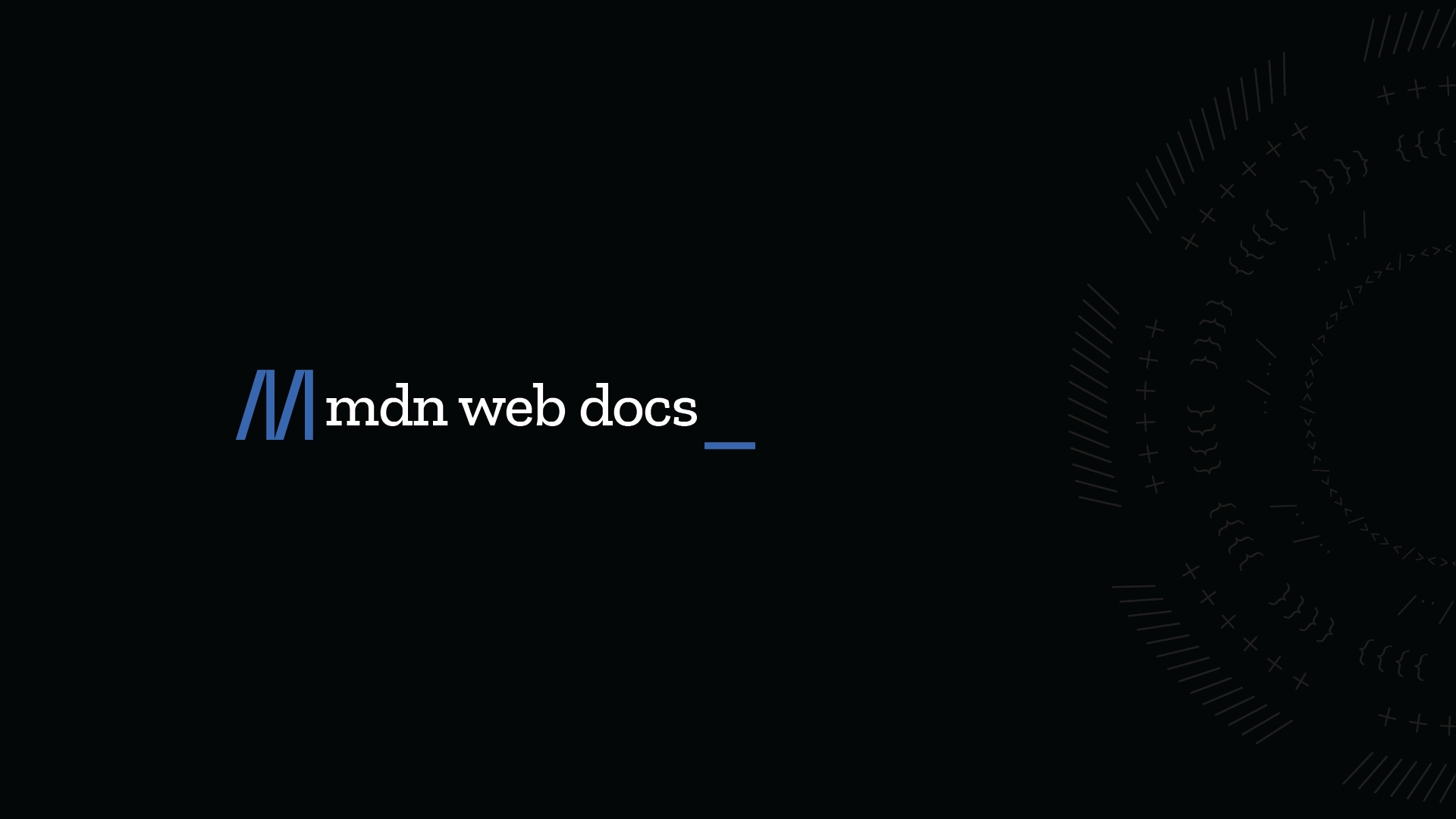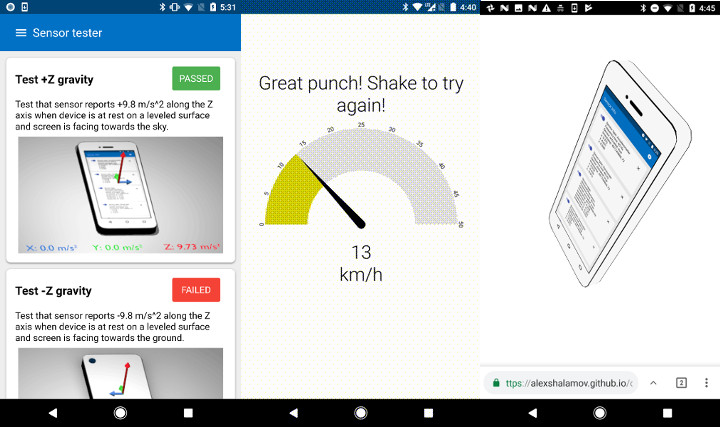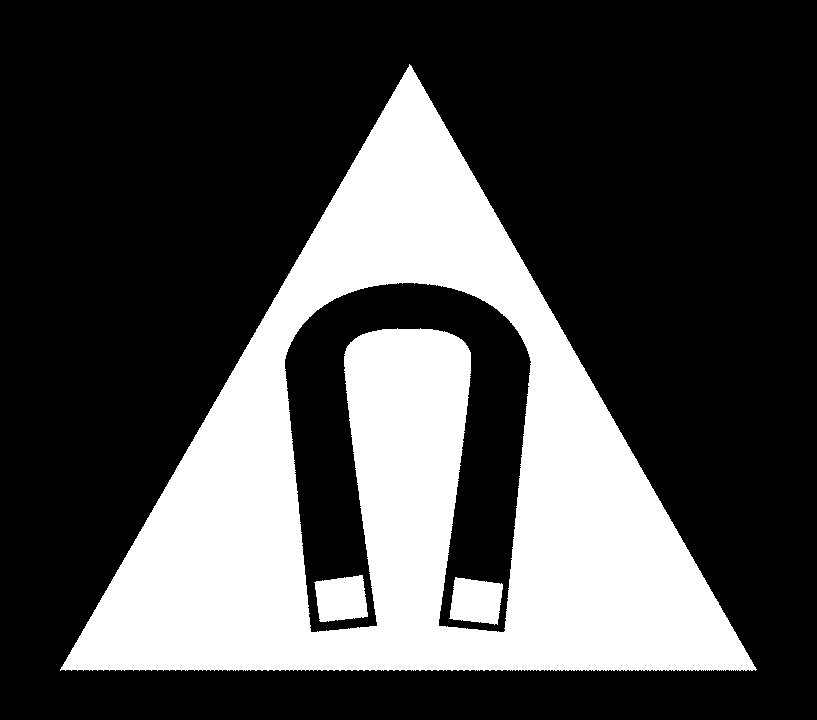Decoding CMS FI_IP_SNF_CLM_REC: Your Guide to Inpatient/SNF Claim Records (NCH)
Understanding CMS claim records can be daunting. This guide breaks down the FI_IP_SNF_CLM_REC (Fiscal Intermediary Inpatient/Skilled Nursing Facility Claim Record) to help you navigate the complexities of healthcare data. We'll cover key fields, their meanings, and how they're used within the Centers for Medicare & Medicaid Services (CMS).
Understanding the FI Inpatient/SNF Claim Record (NCH)
The FI_IP_SNF_CLM_REC serves as a comprehensive record for inpatient and skilled nursing facility claims processed by Fiscal Intermediaries. It's a standardized format used by CMS for data collection, processing, and analysis of healthcare services. This record is essential for researchers, healthcare providers, and anyone working with Medicare and Medicaid data.
Key Benefits of Understanding This Record:
- Improved Data Analysis: Gain deeper insights into healthcare utilization and costs.
- Streamlined Claim Processing: Understand the data elements required for accurate claim submissions.
- Enhanced Research Capabilities: Leverage the rich data contained within these records for healthcare research.
Diving into the Details: Key Components of the FI_IP_SNF_CLM_REC
Let's explore some crucial sections within the FI_IP_SNF_CLM_REC.
1. Claim Record Identification Group
This group centralizes key identifying information about the claim, streamlining internal NCH processing.
- Important fields like record length, version code, and NCH-derived claim type code are housed here.
- This ensures efficient and accurate claim identification within the system.
2. Record Length Count
This field specifies the exact length (in bytes) of the entire claim record.
- Crucial for data integrity, ensuring proper reading and processing of the record.
- Populated with historical data dating back to 1991, providing a comprehensive view of claim history.
3. NCH Near-Line Record Version Code
This code indicates the specific version of the Nearline file where the claim data is stored.
- Allows for tracking changes and updates to the data structure over time.
- Essential for maintaining consistency and accuracy when accessing historical claim data.
4. NCH Near Line Record Identification Code (RIC)
This code defines the type of claim record being processed.
- Acts as a primary identifier for different claim types within the NCH system.
- Ensures proper routing and processing of claims based on their specific type.
5. NCH MQA RIC Code
Used internally by CMS' CWFMQA system for editing and identifying records during processing.
- Populated with data starting from October 3, 1997.
- Claims processed before this date will contain spaces in this field.
6. NCH Claim Type Code
Identifies the specific type of claim record being processed within NCH.
- Crucial for differentiating between various claim types, such as HHA, SNF, outpatient, and inpatient claims.
- This code has evolved over time to include Medicare Advantage claims and other specific categories.
Deriving Claim Type Codes: A Detailed Look
The CLM_TYPE_CD is derived based on a series of conditions related to other fields within the record. Here are some examples:
- HHA Claim (Code 10):
CLM_NEAR_LINE_RIC_CDequals 'V', 'W', or 'U',PMT_EDIT_RIC_CDequals 'F', andCLM_TRANS_CDequals '5'. - SNF Non-Swing Bed Claim (Code 20):
CLM_NEAR_LINE_RIC_CDequals 'V',PMT_EDIT_RIC_CDequals 'C' or 'E',CLM_TRANS_CDequals '0' or '4', and position 3 ofPRVDR_NUMis not 'U', 'W', 'Y', or 'Z'. - Outpatient Claim (Code 40):
CLM_NEAR_LINE_RIC_CDequals 'W',PMT_EDIT_RIC_CDequals 'D', andCLM_TRANS_CDequals '6'.
These are just a few examples, and the derivation rules vary based on the specific claim type.
Fiscal Intermediary Claim Link Group
This group ensures that claim segments are kept together, especially important due to the potential for multiple revenue center trailers. It also houses fields used for sorting and final action processing.
Claim Locator Number Group
Uniquely identifies the beneficiary within the NCH Nearline system.
- Comprises fields related to the Health Insurance Claim (HIC) number.
- Essential for linking claims to specific beneficiaries.
Beneficiary Claim Account Number (CAN)
Identifies the primary beneficiary under the SSA or RRB programs.
- A crucial piece of information for beneficiary identification.
NCH Category Equatable Beneficiary Identification Code
Categorizes groups of BICs representing similar relationships between the beneficiary and the primary wage earner.
Beneficiary Identification Code (BIC)
Identifies the type of relationship between an individual and a primary Social Security Administration (SSA) or Railroad Board (RRB) beneficiary.
Dates and Numbers: Key Data Elements
- Claim From Date & Claim Through Date: Define the service period covered by the claim.
- NCH Weekly Claim Processing Date: Indicates when the claim was loaded into the Nearline file.
- CWF Claim Accretion Date & Number: Track when the claim was processed and posted to the beneficiary master record.
- FI Document Claim Control Number (ICN): A unique control number assigned by the intermediary.
Deciphering the CMS Claim Records: A Summary
By understanding the structure and key components of the FI_IP_SNF_CLM_REC, you can gain valuable insights into Medicare and Medicaid claims data. This knowledge empowers you to analyze healthcare trends, improve claim processing accuracy, and contribute to meaningful research in the healthcare field.











